Eine verschlüsselte Postkarte, eine verschlüsselte Notiz und eine verschlüsselte Inschrift warten darauf gelöst zu werden. Und dann gibt es noch eine Lösung, die darauf wartet, überprüft zu werden.
English version (encrypted with DeepL)
Das Dorabella-Kryptogramm, so habe ich neulich berichtet, könnte eine Fälschung sein. Zachery Belanger aus Detroit (USA) ist allerdings anderer Meinung. Die Lektüre meines HistoCrypt-Beitrags über das Dorabella-Kryptogramm, so berichtete er mir per E-Mail, hat dazu beigetragen, dass er dieses kryptologische Rätsel lösen konnte. Die Details zu dieser Lösung finden sich in einem ausführlichen Blog-Artikel, in dem meine Arbeit zitiert wird. Laut Zachery liegt diesem berühmten Rätsel eine einfache Buchstaben-Ersetzung zu Grunde, die zu folgendem Roh-Klartext führt:
psdorahofænewlemeeasselhæitnu
hehaiofcode-edatwheneayuwliffinu
duayu’dlyétudeaywulostuaolio
Wenn man diesen richtig liest, so führt Zachery aus, ergibt sich eine sinnvolle Nachricht. Noch habe ich allerdings meine Zweifel, ob diese Lösung korrekt ist. Sehen meine Leser das anders?
Eine verschlüsselte Postkarte
Etwas einfacher zu lösen als das Dorabella-Kryptogramm dürfte eine verschlüsselte Postkarte sein, die ich per Google auf der Webseite “mk manuskripts” gefunden habe. Diese Seite wird von Max Kricke betrieben, der auf die Transkription historischer und stenografischer Schriften spezialisiert ist. Auf dem Cipherbrain-Blog dürfte sich so manches finden, für das man diesen Dienst in Anspruch nehmen könnte. Verschlüsselungen gehören aber anscheinend nicht zum Kerngeschäft.
Hier ist ein Scan der Karte:
Die Karte wurde 1931 von Spiez (Schweiz) nach Bonn geschickt. Vermutlich wurde sie (wie die meisten verschlüsselten Postkarten) von einem jungen Mann an seine Geliebte geschickt. Kann ein Leser diesen Geheimtext dechiffrieren?
Langjährige Bog-Leser werden sich erinnern, dass ich vor fünf Jahren schon einmal über zwei verschlüsselte Postkarten gebloggt habe, die ein junger Mann (“Herzensaugust”) an eine junge Frau in Bonn schickte. Einen Zusammenhang mit der heute vorgestellten Karte sehe ich jedoch nicht.
Eine verschlüsselte Notiz
Kommen wir zu einem weiteren Internet-Fundstück. Die folgende verschlüsselte Botschaft wurde bereits vor drei Jahren auf Reddit vorgestellt:
Leider enthält der zugehörige Reddit-Post keinerlei zusätzliche Informationen. Ich weiß also nicht, wo dieses Kryptogramm aufgetaucht ist und wer es veröffentlicht hat. Die bisherigen Reddit-Kommentare geben ebenfalls nichts her. Auch die Sprache ist nicht bekannt.
Dafür sieht diese Botschaft nicht gerade unlösbar aus. Vermutlich steht jede Spalte für ein Wort. Es könnte sich um eine einfache Buchstaben-Eretzung handeln. Kann ein Leser sie lösen?
Eine verschlüsselte Inschrift
Und schließlich noch ein weiterer Reddit-Fund:
Auch hier gibt der Reddit-Post wieder einmal so gut wie keine Hintergrund-Informationen. Offensichtlich handelt es sich bei diesem Gegenstand um ein Werkzeug, möglicherweise um einen Brieföffner. In diesen ist eine Inschrift eingraviert. Möglicherweise muss man den Gegenstand um 90 Grad drehen und die Symbole von oben nach unten lesen.
Ich bin mir nicht sicher, ob wir es hier mit einer Verschlüsselung oder mit einer (asiatischen) Schrift zu tun haben. Kann ein leser mehr dazu sagen?
Follow @KlausSchmeh
Further reading: Who can decipher this encrypted postcard from Wisconsin?
Linkedin: https://www.linkedin.com/groups/13501820
Facebook: https://www.facebook.com/groups/763282653806483/

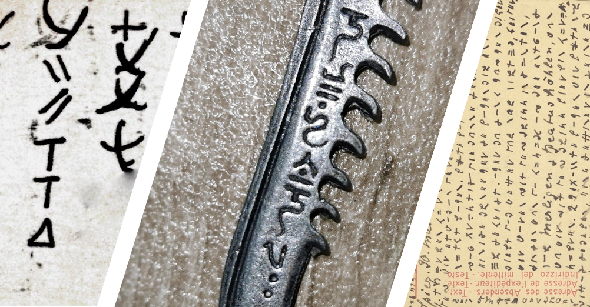
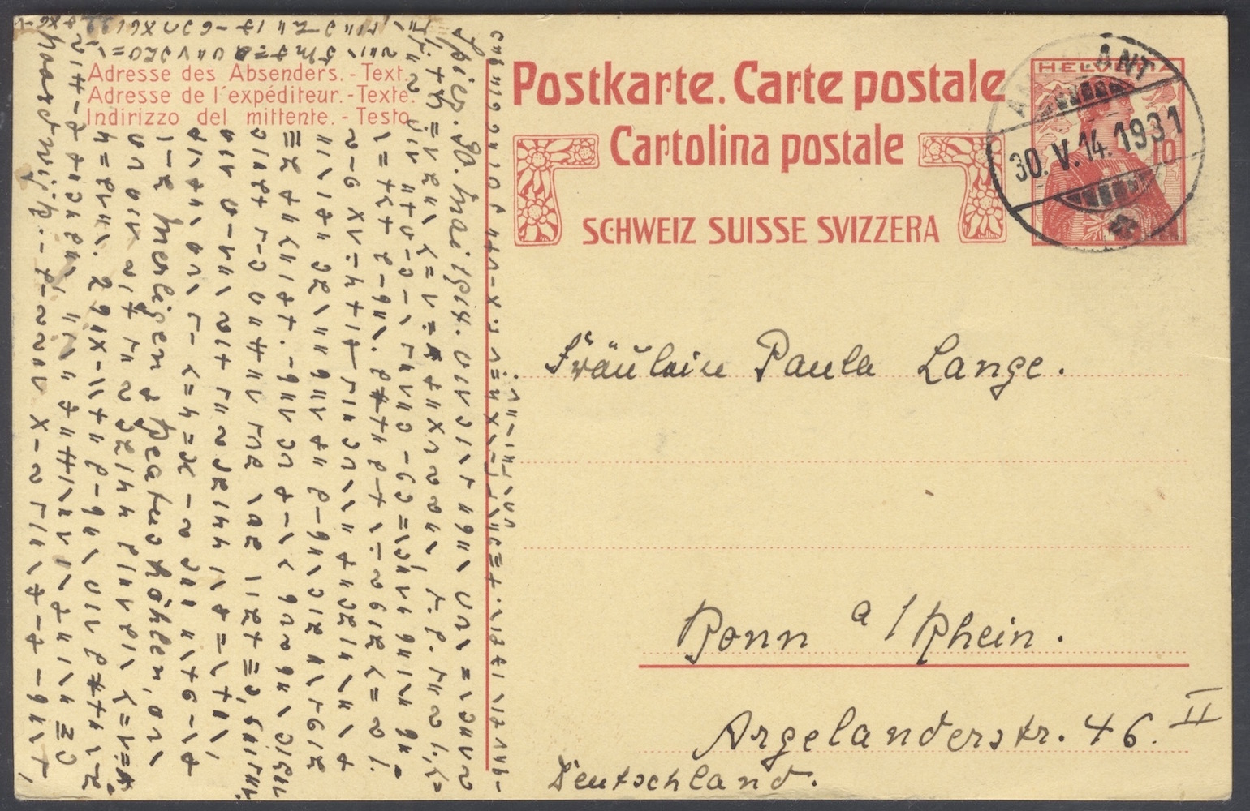
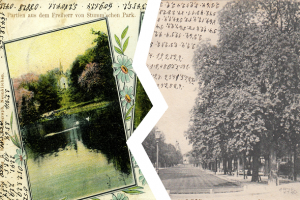
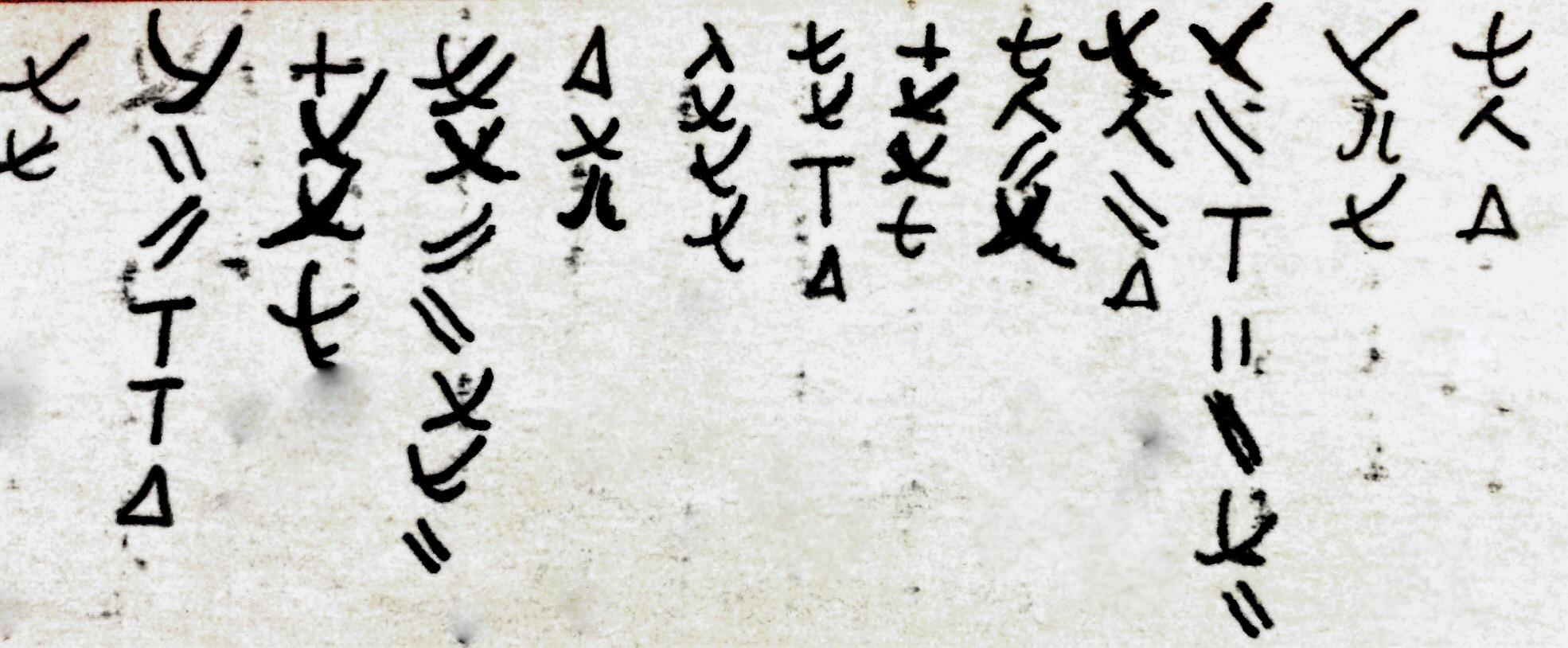
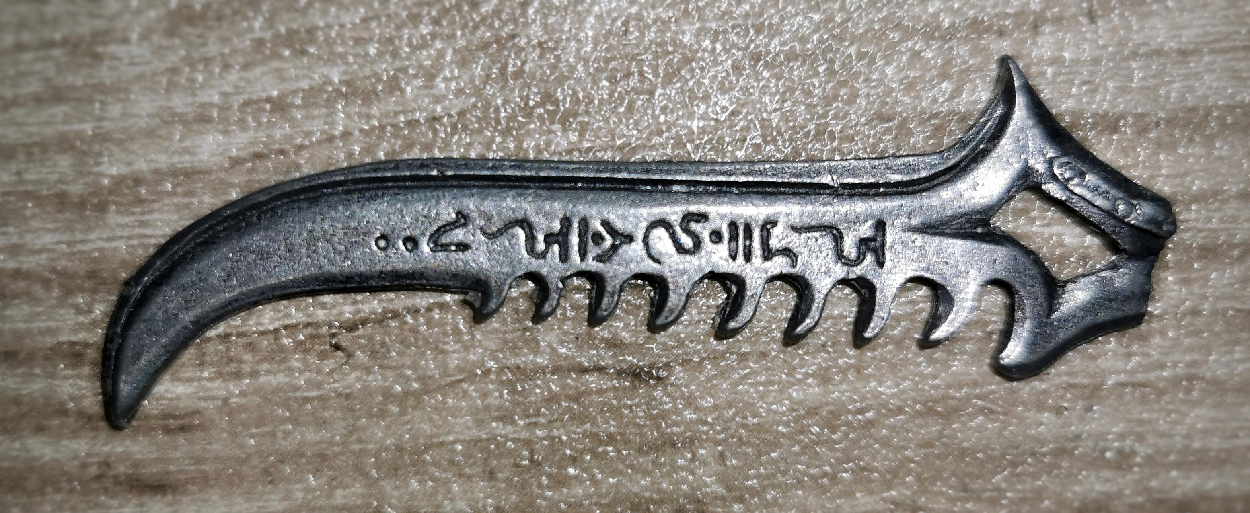

Kommentare (10)